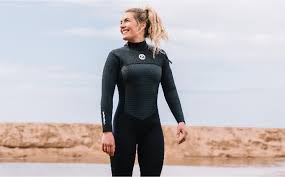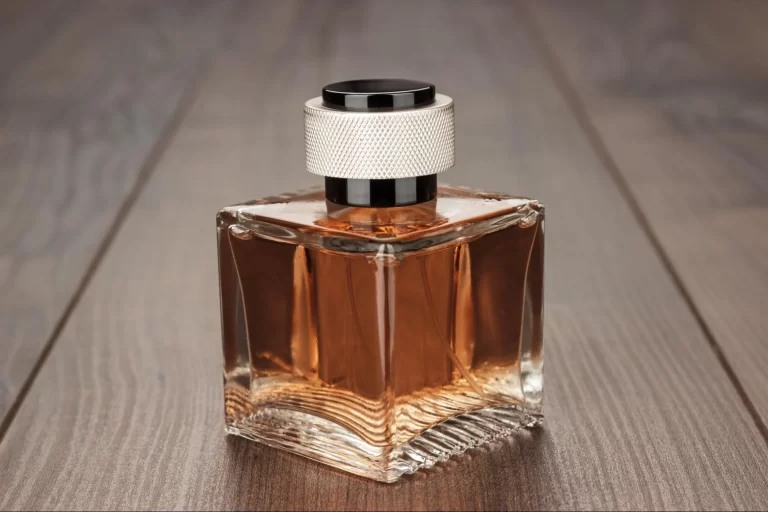
Women
You’re about to jump off the shore, but your wetsuit doesn’t fit. Some parts of it are too tight, and other parts are too loose. The material also feels bad.
Have you been in this situation? You know how important finding the right wetsuit is. This blog will cover the five best tips to help you choose the ideal womens wetsuit that suits your needs and enhances your water adventures.
1. Understanding Wetsuit Thickness
Wetsuits come in various thicknesses, typically denoted by two numbers, such as 3/2 mm. The first number is for the body part, and the second is for the arms and legs.
Thicker wetsuits, like 5 mm, are better for cold water, keeping your body heat inside. Thinner wetsuits, such as 2 mm, are for warmer waters, giving more flexibility but less warmth.
Think about where and when you’ll be using it. A suit that’s too thick can feel stiff, while one too thin might leave you cold.
2. Finding the Right Fit
A wetsuit that fits well keeps water out, making sure you stay warm. It should fit snugly, like a second skin, but not so tight that it restricts your movement or feels uncomfortable.
Check that the suit fits well around your shoulders, chest, and hips. Make sure there aren’t gaps where water can enter. Also, pay attention to length, as arms and legs should be long enough to cover, but not so long that they bunch up. Try moving it around to ensure comfort and flexibility.
3. Choosing the Right Material
Wetsuits come in different materials, with neoprene being the most common because it’s stretchy and keeps you warm. However, not all neoprene is the same. Some are more flexible, making it easier to move in the water.
If you’re looking for extra stretch, go for a wetsuit with super-stretch neoprene. Some wetsuits also use eco-friendly materials, which are better for the environment. These can be made from things like recycled plastic.
Think about your needs and comfort when choosing the material, and decide if flexibility, warmth, or being eco-friendly matters more to you.
4. Selecting the Wetsuit Style
Women’s wetsuits come in several styles, such as full suits, spring suits, and shorties. Full wetsuits cover your arms and legs, providing the most warmth and protection. They are especially useful in cold water. Spring suits, on the other hand, have short sleeves and legs, making them better for warmer conditions.
Shorties are even lighter, with short legs and arms, making them perfect for hot climates but lacking in warmth. You should choose based on the water temperature and how much coverage you want.
5. Thermal Protection and Lining
Wetsuits often come with added thermal protection and lining to keep you warm. The thermal lining is an inner layer that helps trap body heat, so you stay comfortable in colder water. Some wetsuits have smooth linings that dry faster or feel soft against your skin, adding extra comfort.
If you’re surfing or diving in frigid water, a wetsuit with a thermal lining can make a big difference in how long you can stay in the water without feeling chilled.
Prepare for Your Upcoming Water Adventure
Selecting a wetsuit that provides comfort, protection, and performance is the first step in preparing for your next water adventure. Take the time to explore your options, and use these tips to find the perfect wetsuit that will keep you ready for any water activity.
Write and Win: Participate in Creative writing Contest & International Essay Contest and win fabulous prizes.


